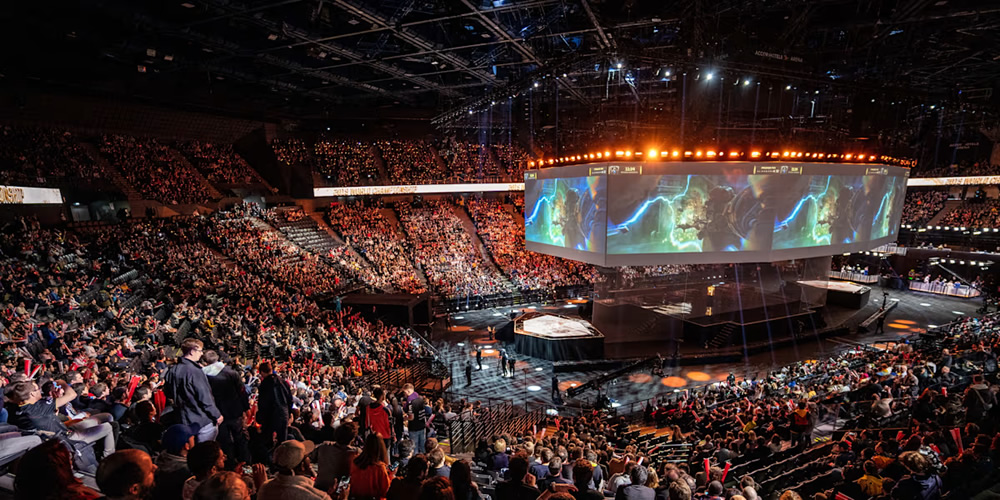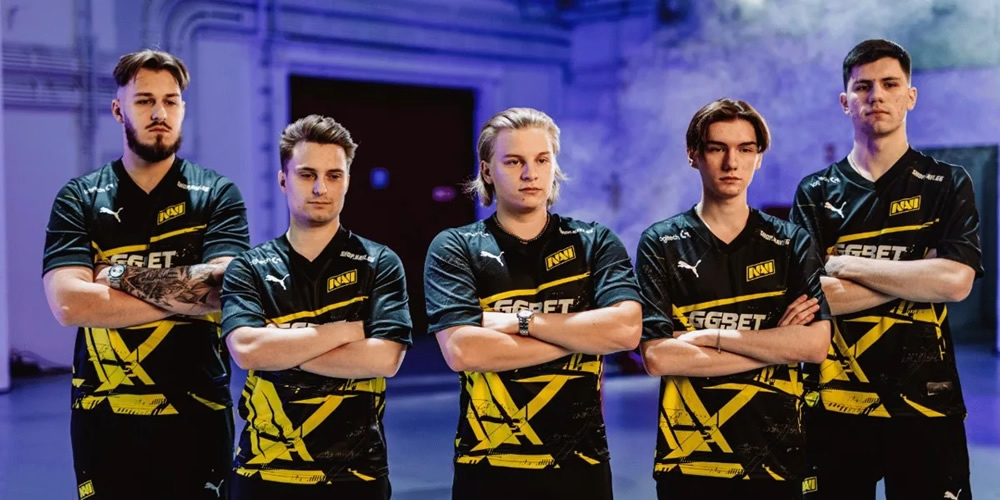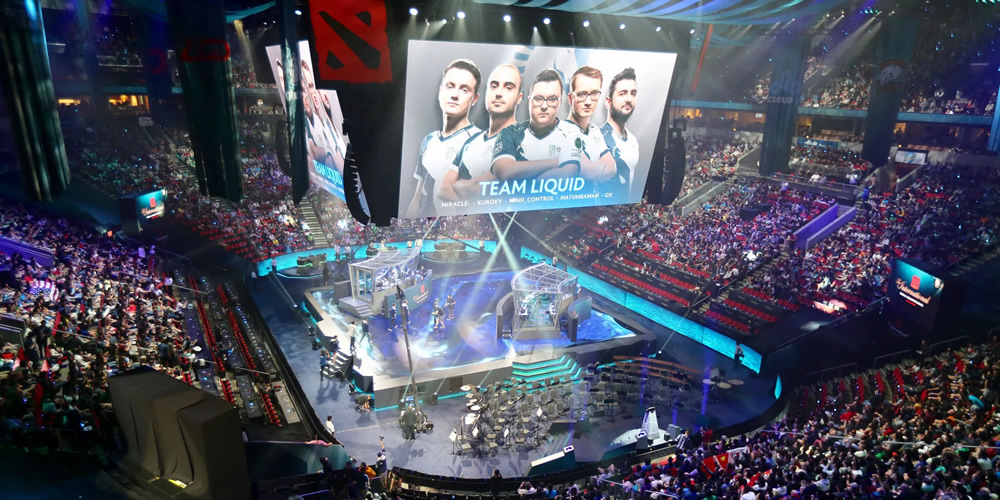Esports is emerging from the shadow of games as a thriving novelty attracting millions of viewers and generating yet another digital" entertainment empire." From Twitch to YouTube to Kick, these sites ushered in millions of fans worldwide, watching live competitions, cheering for their favorite teams, and soaking in the massive thrill of professional gaming. These are more than streaming services; they are digital coliseums that witness synchronous competition between the best players and organizations in the world.
Once niche live streams have become thriving broadcast industries. Esports tournaments have taken streaming platforms by storm, worth millions of dollars, from production to organization. Whether these games are played in an arena brimming with onlookers or in an online championship, millions of audiences worldwide follow games like League of Legends, Counter-Strike 2, Dota 2, and Valorant. Let us delve into how these games have each made such a substantial mark on esports, and how the platforms on which they host gameplay will tie into the future of competitive gaming.
League of Legends: The King of Esports
Among many titles that define the modern esports era, none is perhaps better recognized than League of Legends. Produced by Riot Games, it rarely leaves the number one position on Twitch and YouTube, especially during the World Championship, where it garners millions of concurrent viewers every year for its elaborate production, ginormous prize pools, and the best talent from Korea, China, Europe, and North America. Riot devoted astonishing efforts to storytelling, professional structures, and consistent content patching, and LoL has rapidly evolved into more of a global spectacle than a mere game.

Fan interaction is an ongoing process from the annual tournament MSI to regional leagues, drawing a combination of suitable viewerships like the LEC, LCS, LCK, and LPL titles that attract followers by the margin of T1, G2 Esports, and JD Gaming. Viewers can catch their great players on Twitch and YouTube for detailed shape-up analysis or behind-the-scenes content, thus providing one of the most lavish and complex esports experiences for League of Legends.
Counter-Strike 2: Tactical Precision and Peak Hype
Valve's Counter-Strike 2 (formerly known as CS: GO) is the progenitor of tactical-first shooter titles that set the stage for grand events in esports. With its penchant for minimal RNG (random number generation) and highest stakes on strategy and reflexes, CS2 has become a darling among competitive purists but equally thrilling for casual viewers. Digitally streamed with top-of-the-line production for millions to follow: ESL Pro League, PGL Majors, IEM Katowice.

Counter-Strike 2 is one of the most-wagered games in esports betting circles. Bettors are drawn to the game due to the straightforward nature of predictability, the enormous competitive scene, and the international tournaments. It is no wonder that fans follow the matches on platforms such as ggbet esports for other entertainment and betting excitement. This mutually beneficial ecosystem encourages viewer loyalty and engagement.
Dota 2: The Giant of Prize Pools
Another giant in the Valve gaming family is Dota 2, famous for hosting international (TI) tournaments that boast the largest prize pools in esports history. The community-funded Battle Pass has arguably made TI the most famous event ever streamed across Twitch and YouTube. There were many different layers of complicated gameplay and very high skills that made sure that audiences were at once fascinated and challenged, consequently creating a loyal fan base that appreciates depth and strategy.

Year-round excitement is brought by tournaments such as ESL One, DreamLeague, and Dota Pro Circuit (DPC) events. Kick is trying to cement itself in the esports streaming arena, which is slowly allowing smaller Dota tournaments to be accessible on other platforms, proving to be an initial indicator of growing diversification in where fans watch.
Valorant: The New-Age Shooter with Style
Riot Games made its debut in the FPS market in grand fashion with the launch of Valorant back in 2020. It then witnessed a huge following on Twitch, neck-and-neck with major happenings like VCT Masters and Champions. Valorant, in its true sense, is a beautiful game backed by gunplay and character abilities, which offers an interesting dimension to old-school shooting. One cannot stop watching it.

The Valorant Champions Tour (VCT) has been structured in such a way with regional leagues, international contests, and storylines that serve personalities. YouTube serves as the main platform for official broadcasts, while Twitch provides co-streams and influencer commentary to boost community interaction. With the gradual shift of some Valorant events into Kick as the platform expands, for now, Twitch remains the principal hub.
Streaming the Future of Competition
Esports became a cultural monster, and streaming services turned out to be the lifeblood that keeps it flowing. The amalgamation of individual tournaments such as League of Legends, Counter-Strike 2, Dota 2, and Valorant and their respective streaming partners makes them a new branch of digital sporting entertainment. Therefore, every competing exhibit is not only meant for gamers; it has transformed into an all-encompassing multimedia showcase-cum-spectacle, which millions of people watch and several continents celebrate.
As social platforms like Twitch look to push the envelope with the next generation of streaming, while YouTube legitimizes yet further with a professional polish that has thus far kept it from newer competitors, and Kick disrupts the place with compelling new offers, the field is undoubtedly the fiercest we've ever known. For fans, it promises a richer, more accessible view with more interaction than ever before. And for the sector itself, this is the dawn of a golden age in competitive gaming.



























